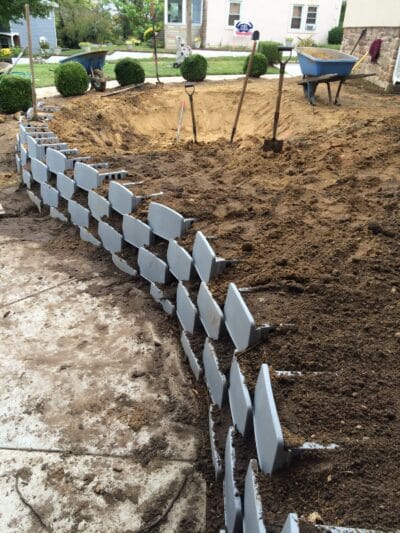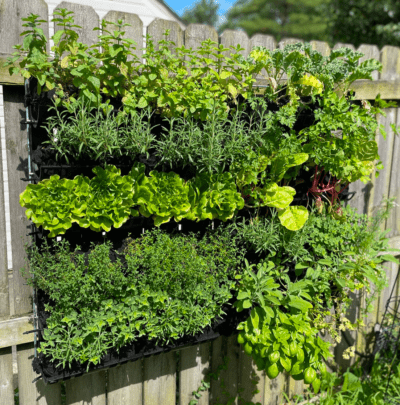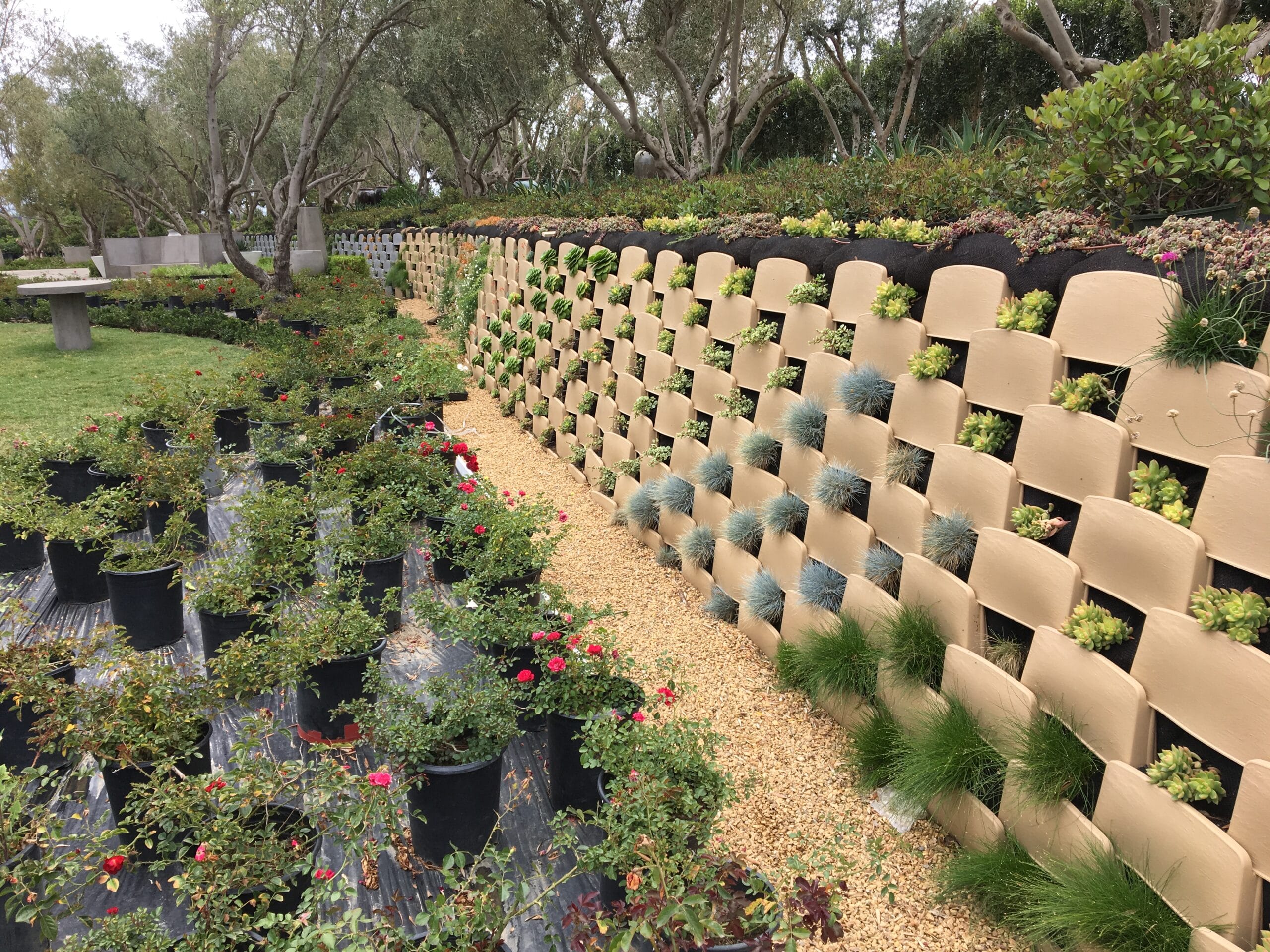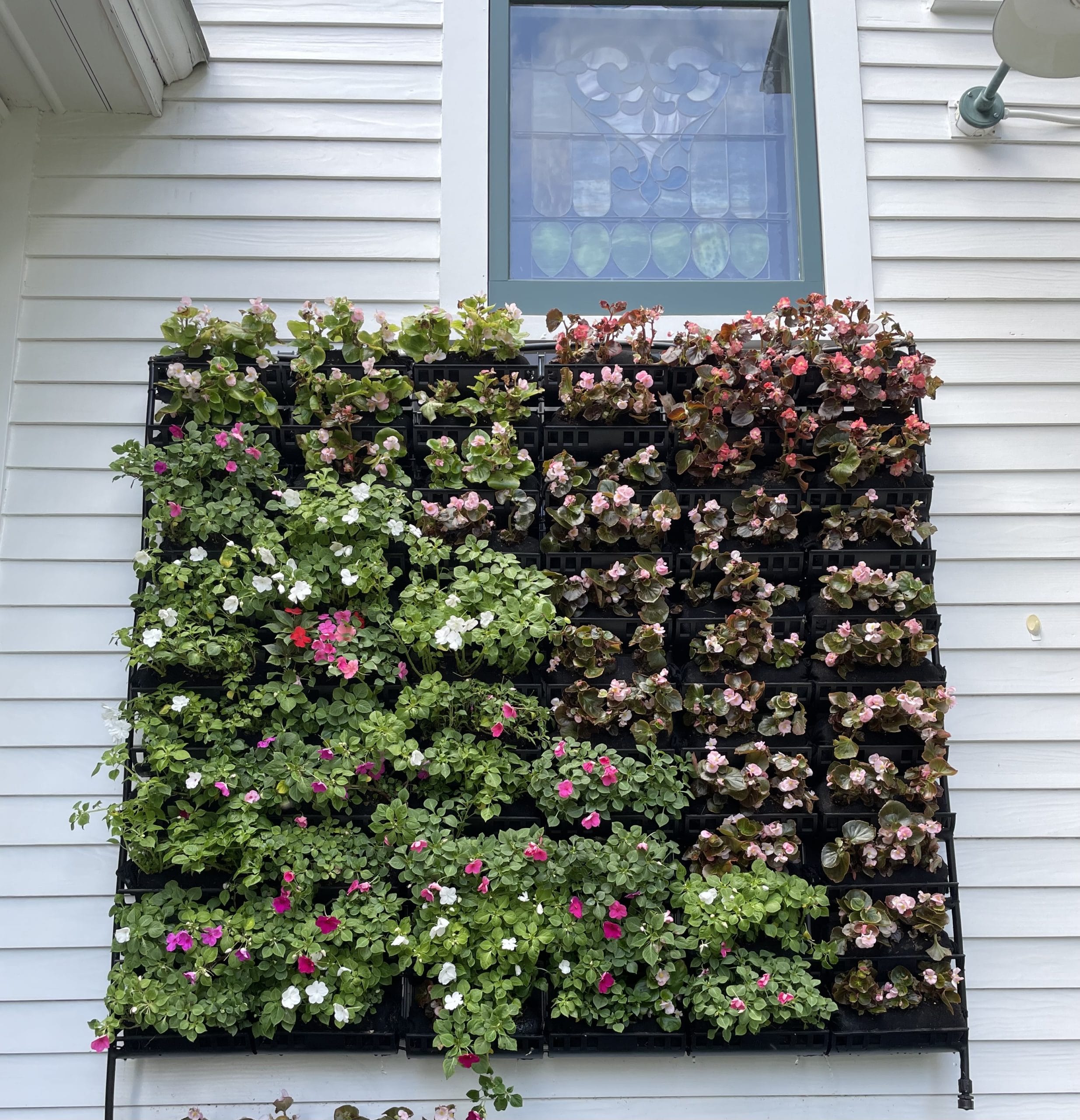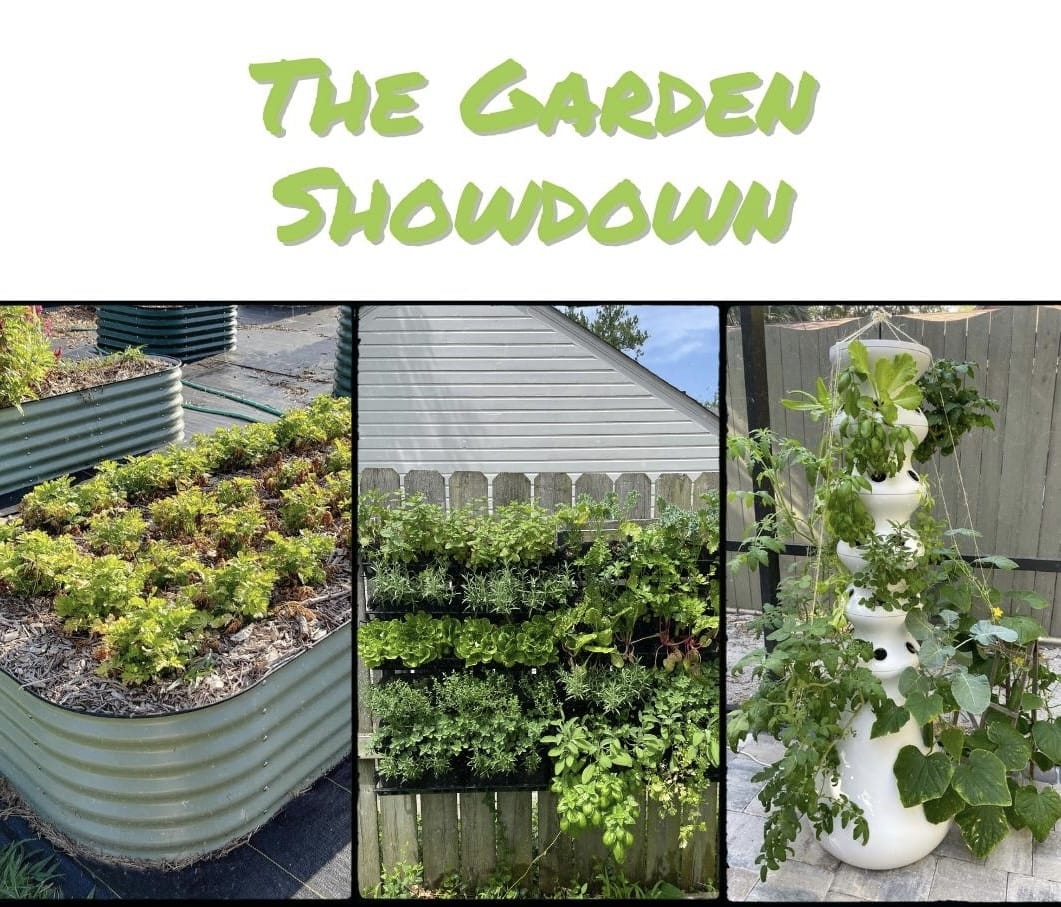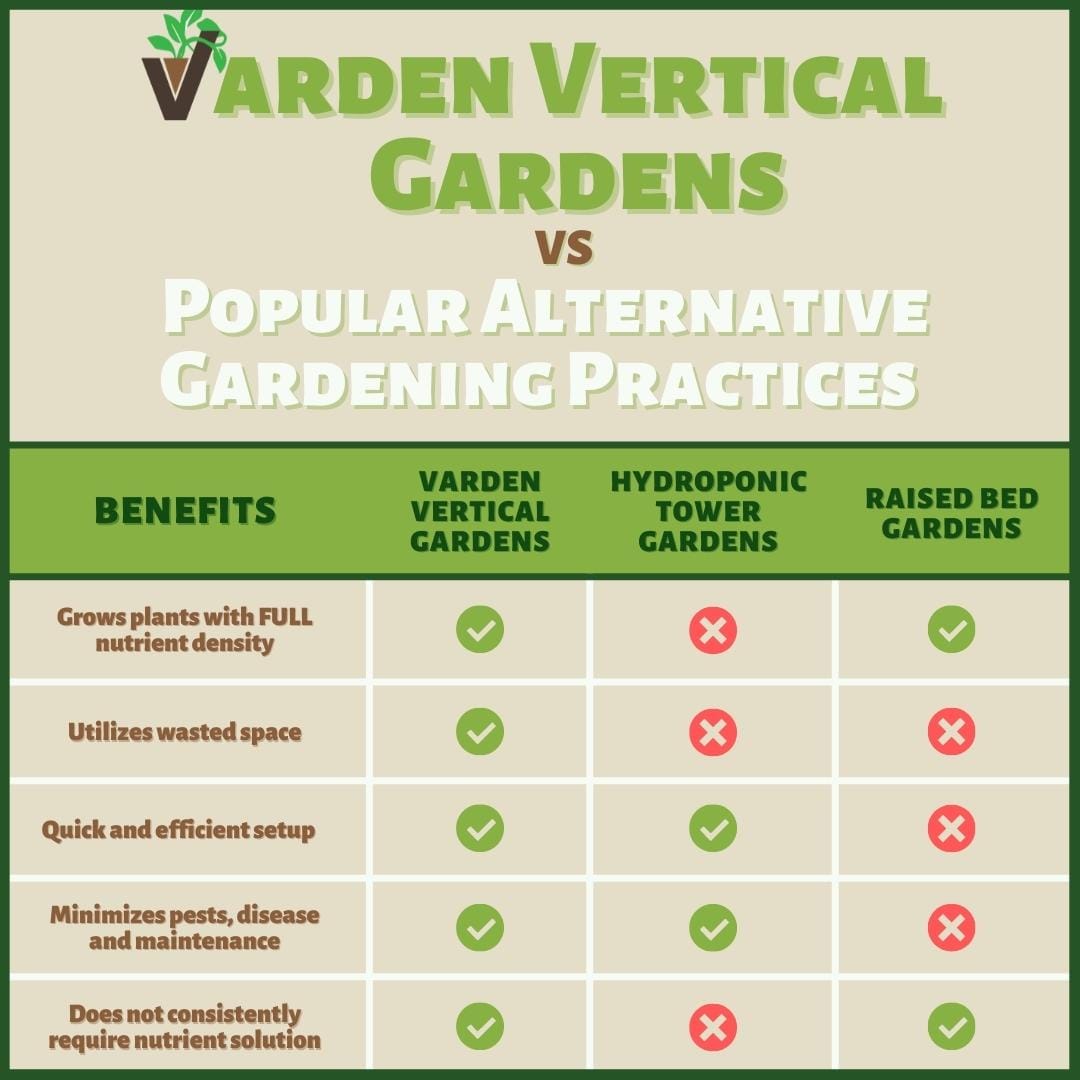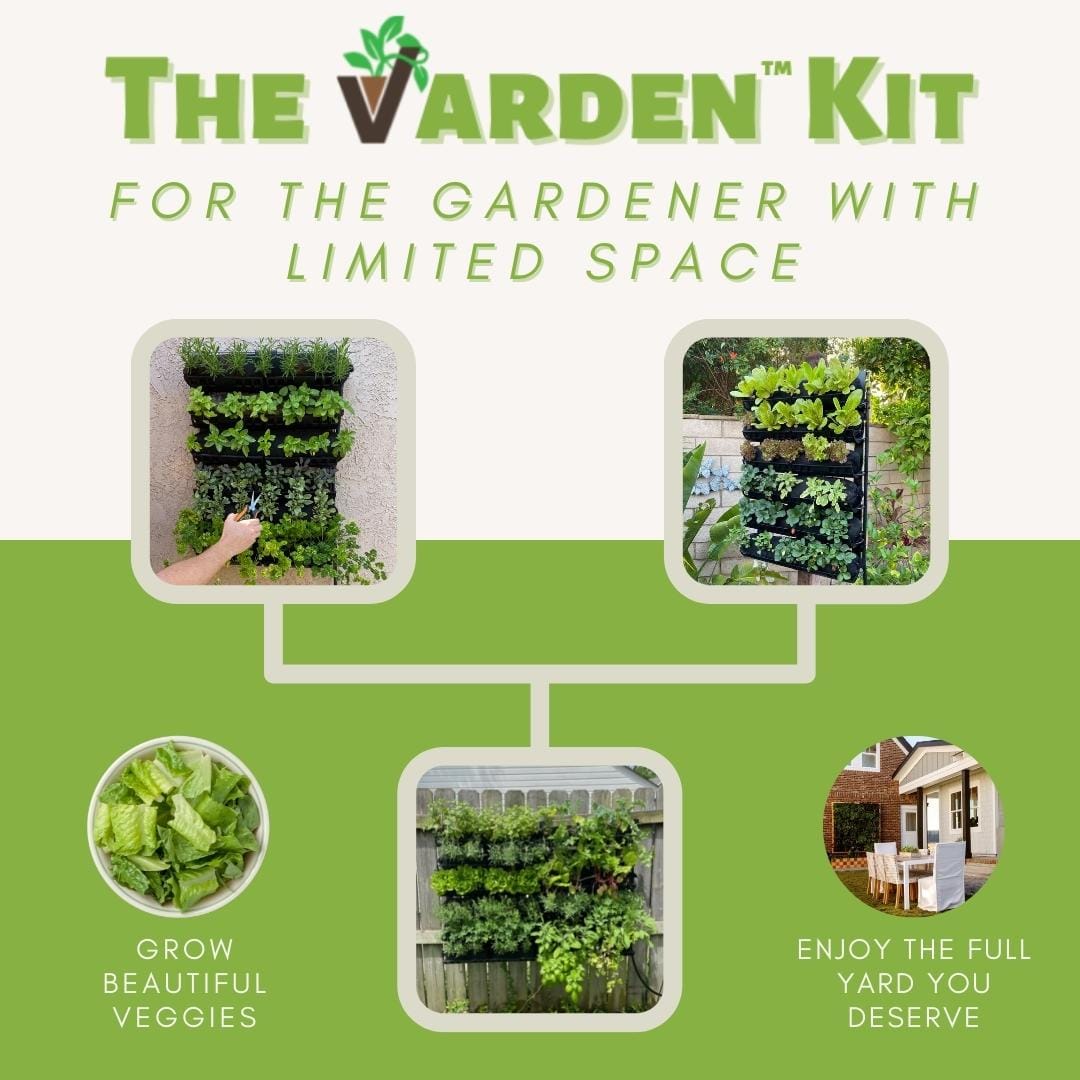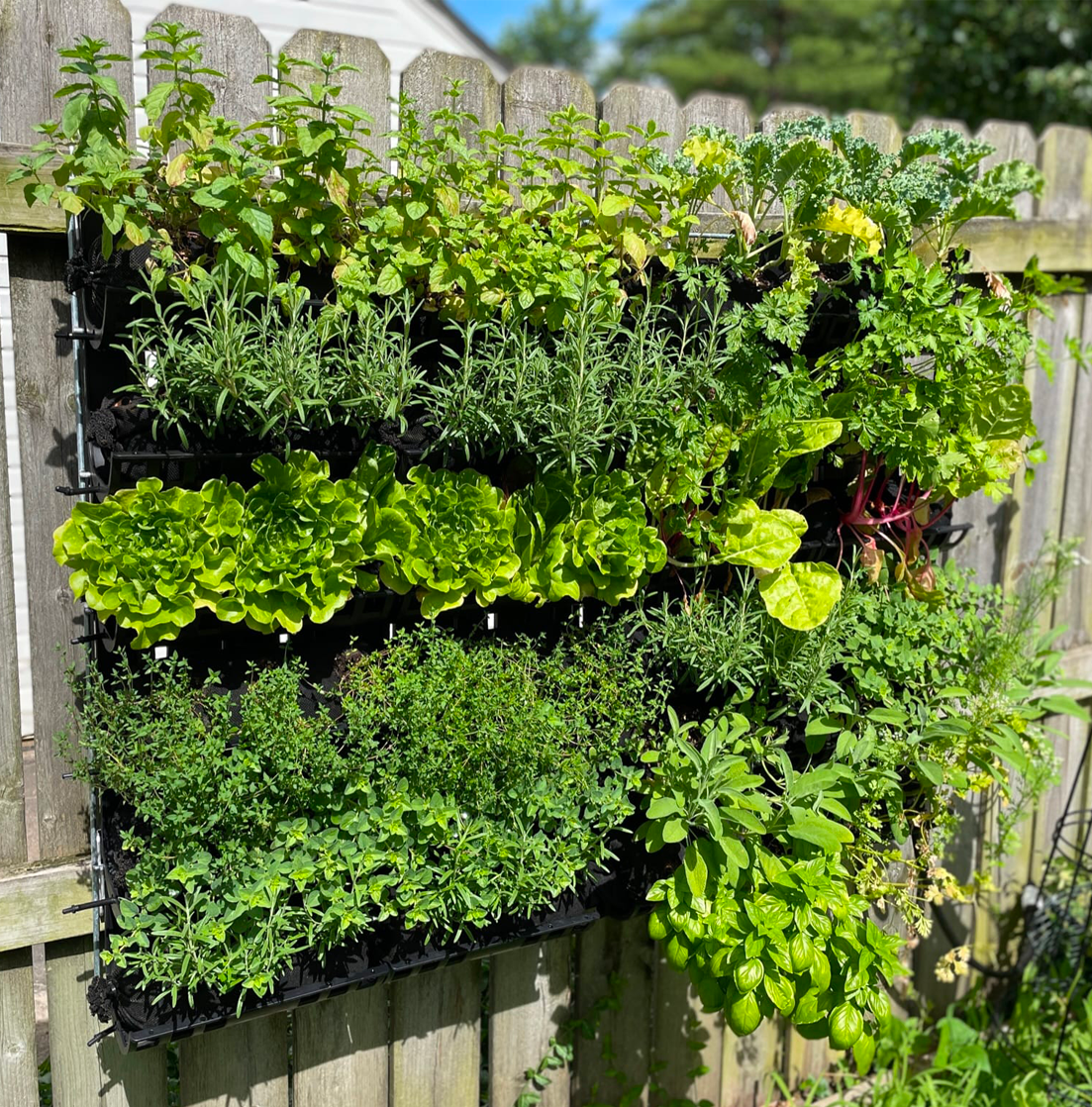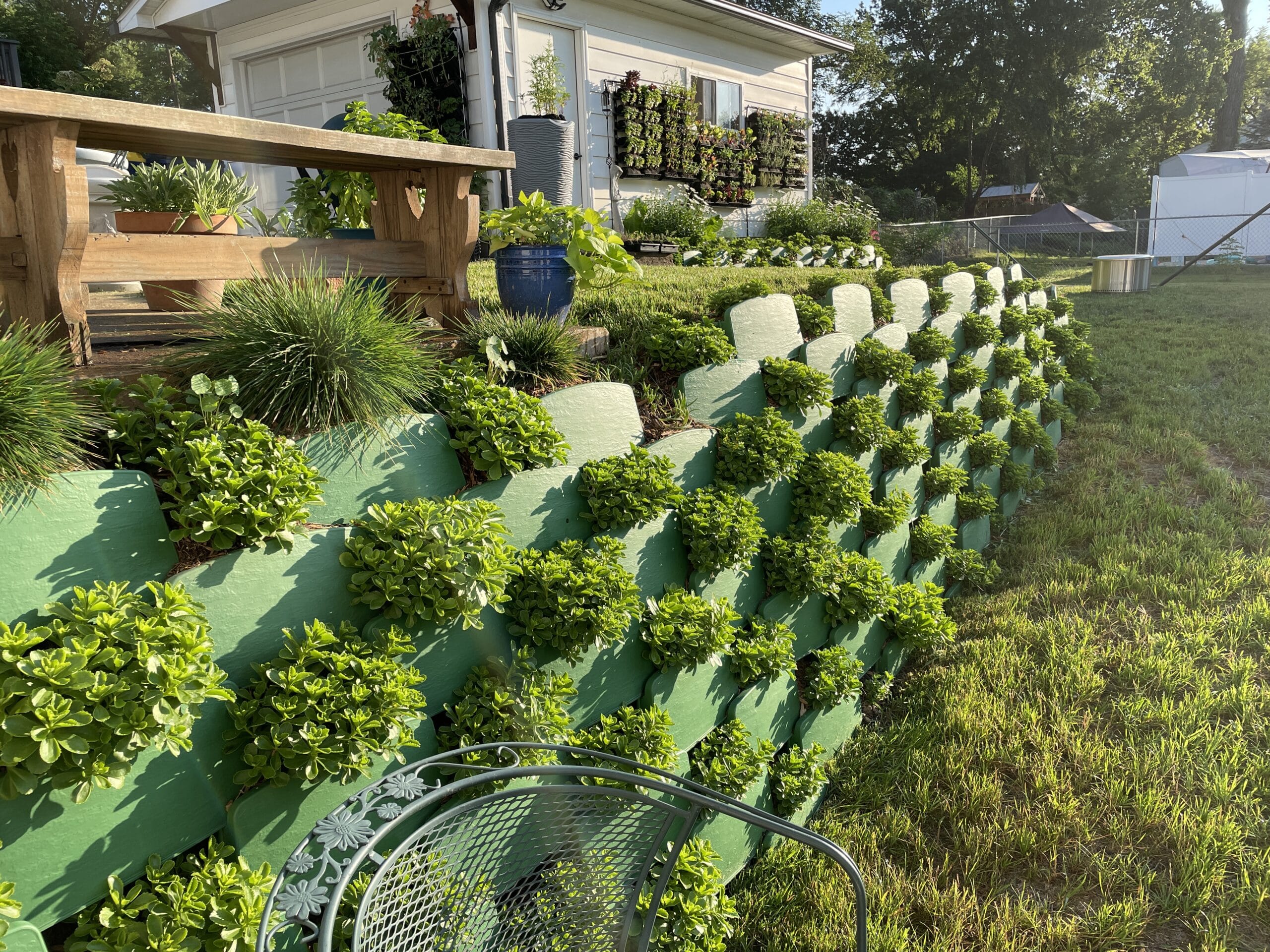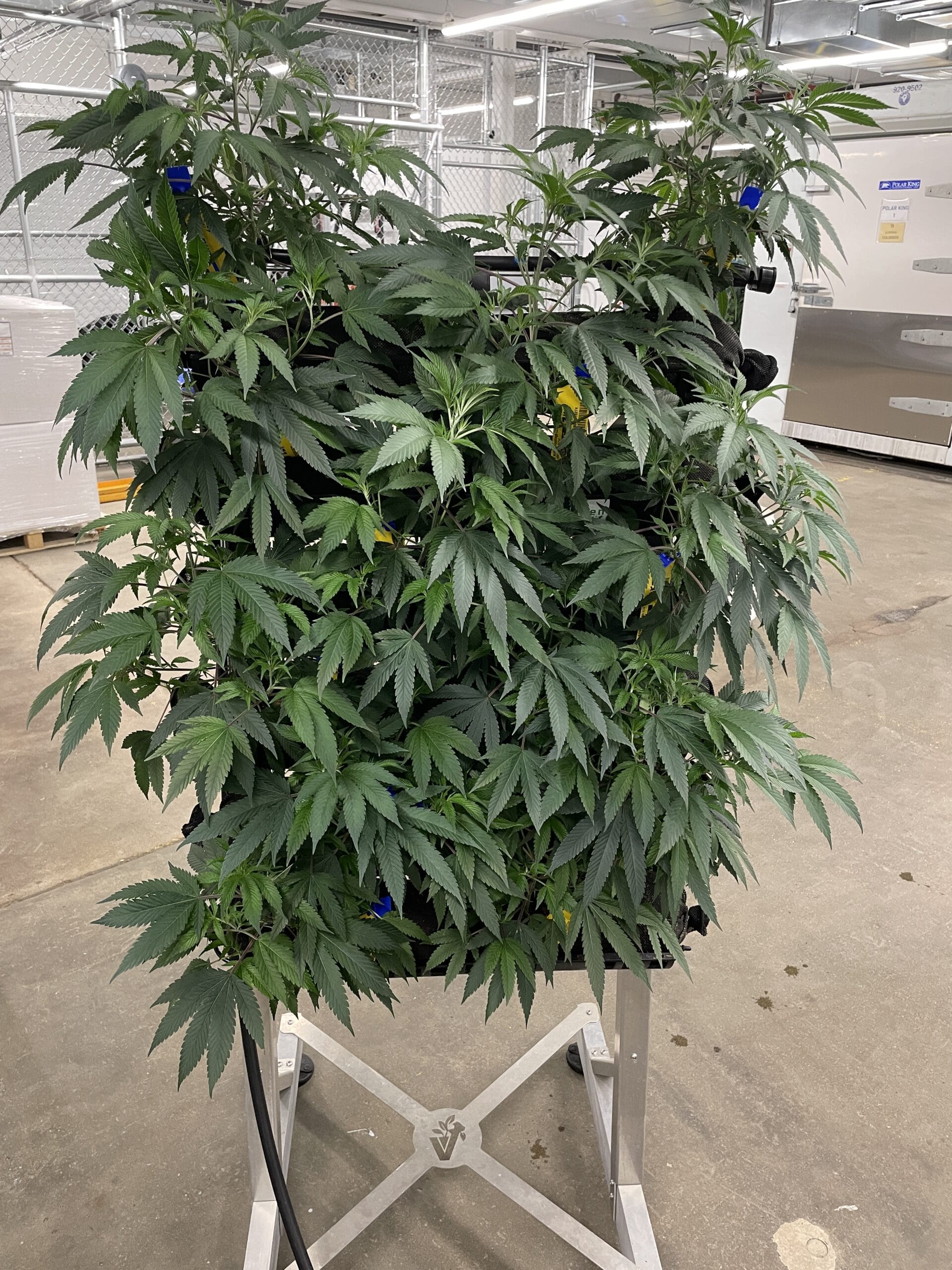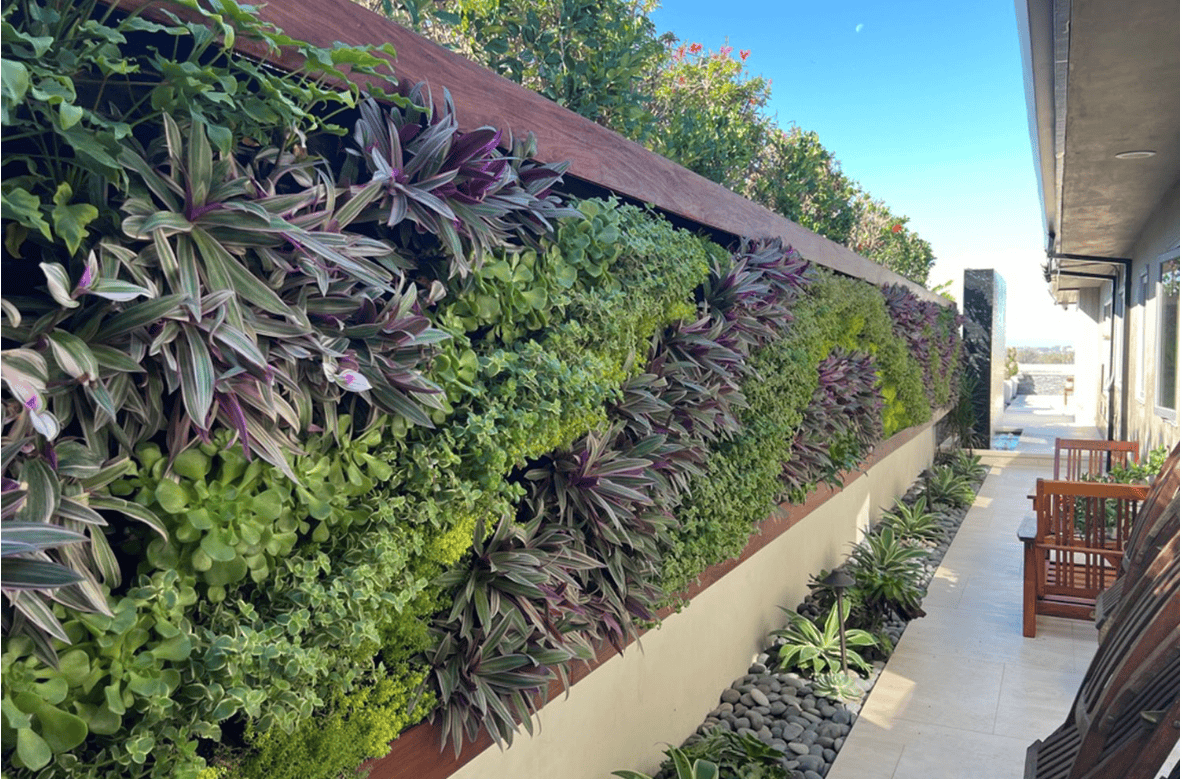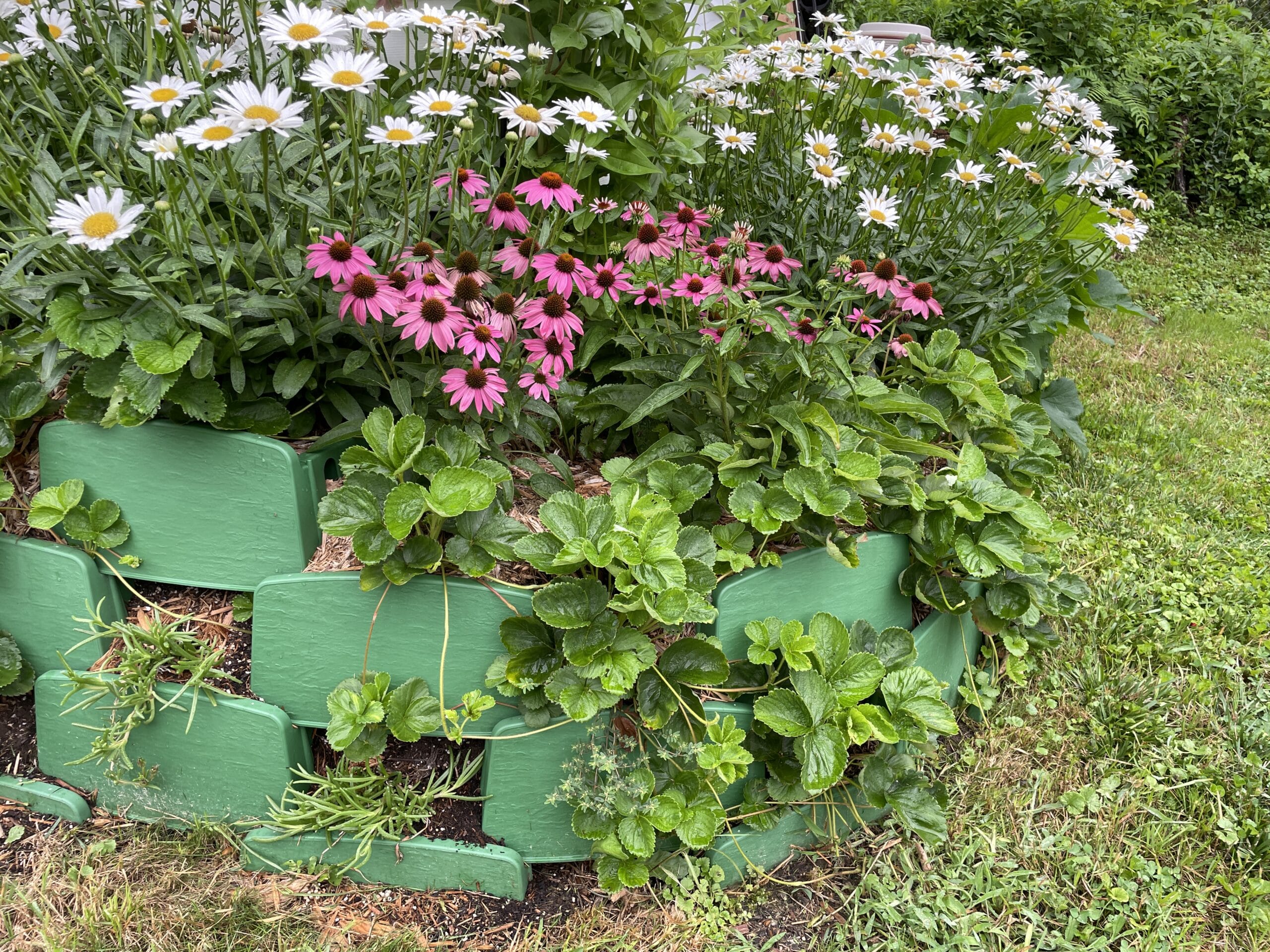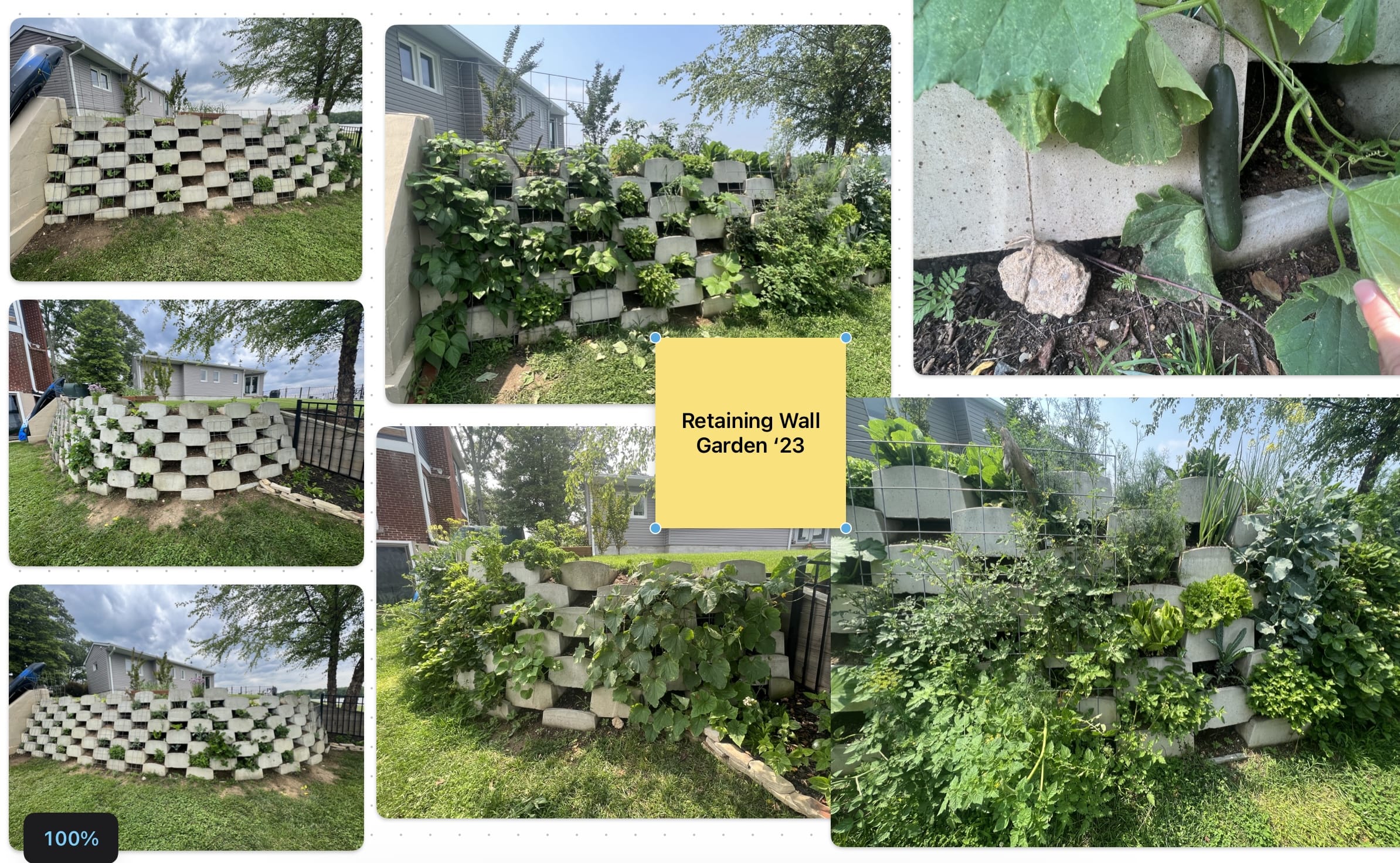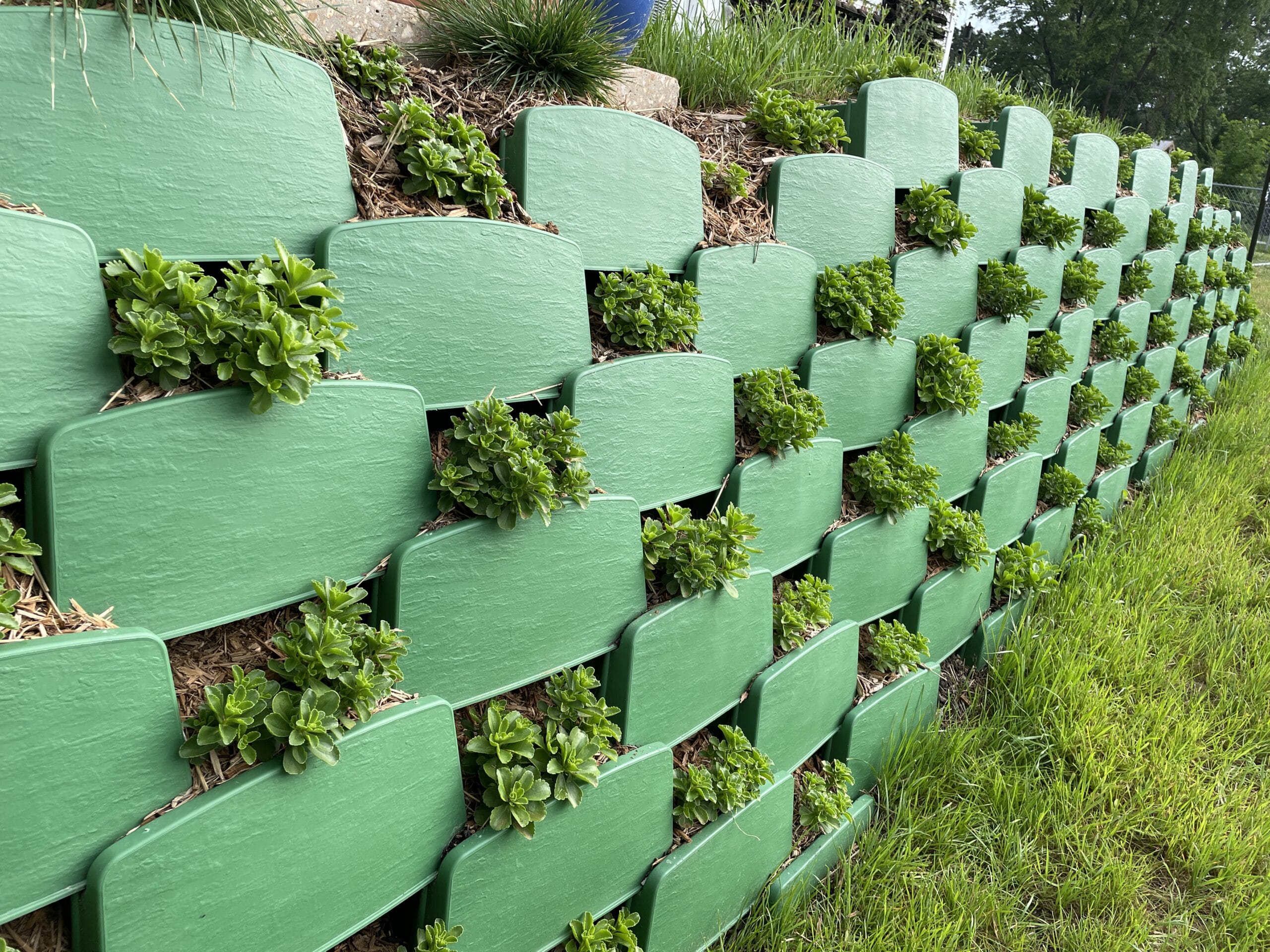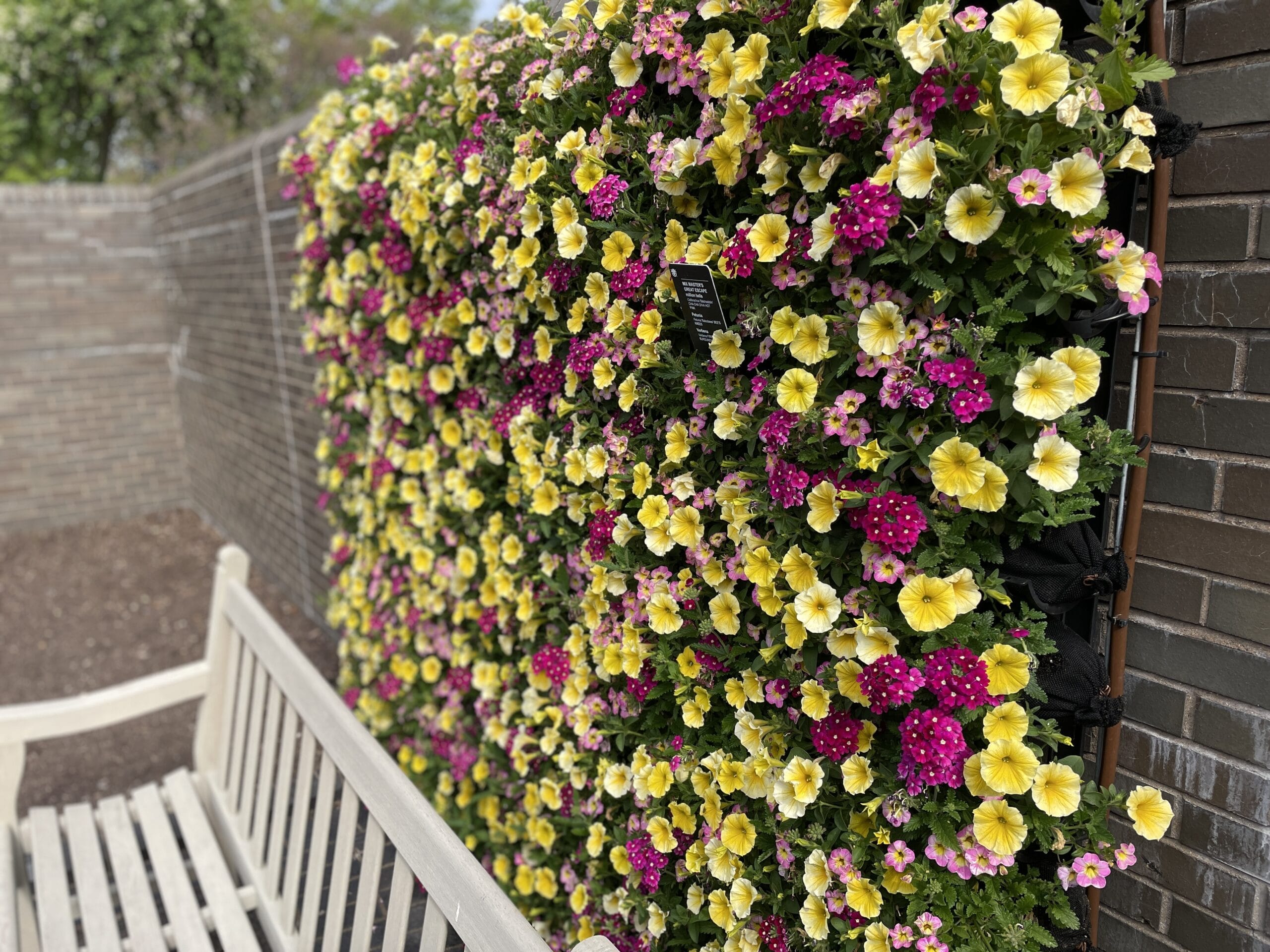Vertical Gardening in Unused Spaces
The future of small space gardening:
Recently I got an idea to convert a friend’s garage to a vertical garden. Many of us have boring garages that would be perfect to dual-purpose as garden space if we learned how to garden vertically by installing some kind of wall planter system on the exterior walls. I thought it would make great content for our YouTube, Instagram and Pinterest accounts as we cronicalled the layout, installation and introduction of plants a little bit later in the spring. We intend to chronicle the “garage to garden” project all the way through spring and summer harvests this year.
It has been a while since we have tracked a project from beginning to end and I think it’s going to be helpful and informative for our customers and those interested in vertical gardening to see how we do it. There have been so many new vertical gardening systems and methods popping up over the last two years, that it’s really drawn a lot of attention to the sector. I think many gardeners still focus on raised bed gardens or traditional ground space gardens in a portion of their yard. Certainly the beauty, ease of tending and productive harvest from wall garden systems is really transforming the way people think about gardening. Vertical wall planters such as our Varden System even allow urban dwellers to garden on patios, balconies and other out-of-the-way or unused spaces.
Vertical Gardens can also serve structural needs:
This same friend has a rotted railroad tie retaining wall that we are going to replace with our living retaining wall blocks. This will also give us an opportunity to plant sections of the block retaining wall face with edible garden plants, as well as some perennials and ground covers for seasonal beauty and forage for native pollinators. Planter walls create a really cool environmental statement in this small yard too. Keep checking back for other blog segments that highlight our progress in transforming our friend’s yard into a vertical growing masterpiece. You can also follow our posts on Instagram and YouTube to see it all progress in real time.
Vertical Gardening: Making the Most of Unused Spaces
If you’re a gardener or DIY landscaper, then you know how important it is to make the most of the space you have. What if there was a way to turn that unused space into something beautiful? With vertical gardening, you can do just that! Let’s explore the world of vertical gardening and see how we can make use of those empty walls, fences, and other unused areas.
What is Vertical Gardening?
Vertical gardening is simply using vertically-oriented surfaces to grow plants. This could be anything from a wall on your house to a garden on your fence. It’s a great way to make use of otherwise empty spaces and create something beautiful. It also serves several practical purposes such as providing shade, blocking unwanted noise, creating privacy, and reducing glare from the sun.
Benefits of Vertical Gardening
One of the major benefits of vertical gardening is that it allows for efficient use of space. If you have limited horizontal area available for planting, then vertical gardens are an ideal solution. Additionally, since most vertical garden systems are durable and modular, they’re easy to move around if needed. This makes them perfect for renters who may need to take their garden with them when they move. Another benefit is that they require less maintenance than traditional gardens since they don’t require as much watering or weeding. Plus, since they are elevated off the ground, there is less risk of pests or disease ruining your plants.
How to Get Started with Vertical Gardening
The first step in getting started with vertical gardening is deciding what type of plants you want to grow and where you want to place them (today we talk about a garage!). You should consider factors such as light requirements and water needs when selecting your plants so that you end up with a successful garden. Once you’ve chosen your plants and location, it’s time to get creative! There are many ways to build your own trellis or other structure for growing your plants vertically—from wooden planks or metal poles anchored into the ground to repurposed pallets or even hanging baskets suspended from ceilings or beams. We make it easy to focus on the garden by supplying easy to use vertical garden components and kits. The possibilities are endless!
Vertical gardening is an exciting way to transform any unused space into something beautiful and useful! With careful planning and creative design ideas, you can create an oasis right in your own backyard—no matter how small it might be! And thanks to its low maintenance requirements and easy mobility options, vertical gardens make perfect solutions for both permanent homeowners and renters alike. So what are you waiting for? Get out there and start growing something amazing today!

